New goodies also on the horizon with the debut of this insider look in Pokémon Shirts’ operations. Read More
documentary
Hirotada Otatake was born with no arms or legs, but it didn’t keep him from trying to do good things in this world.
The NHK special documentary follows Miyazaki as he comes out of retirement to work on his next projects.
New Japanese film asks, “Who decides which animals are okay to eat and which animals aren’t?”
A “really ordinary person from Australia” attempts to become famous in Japan and is making a film about it.
Does Japan’s legal system force suspects to confess, even if they didn’t commit the crime?
This incredible new video was released by a Lithuanian-born entrepreneur documenting his mysterious 7-day trip to North Korea.
This ultra high-definition documentary is scheduled to come out this year. You can help support its production, and get some pretty cool things for doing so too!
Singaporeans remember David Bowie fondly, as well as his 1980s documentary in which the Southeast Asian city-state appeared.
Just like the Sailor Senshi are always there for each other, so too are the members of this documentary’s group of cosplay collaborators.
Thousands paid their respect when Nintendo company president Satoru Iwata passed away in July, facing the brunt of typhoon at his service in Kyoto or leaving notes and letters at The Nintendo World Store in New York and the Nintendo headquarters in Redmond, Washington.
Netizens on Twitter recently reported that a rather strange phenomenon was affecting their pet cats during the broadcast of NHK’s “Mitsuaki Iwago’s World Catwalk”, a documentary by prominent wildlife photographer and documentary filmmaker Mitsuaki Iwago.
Apparently, the scenes of furry felines in their natural habitat completely captured the attention of household moggies watching at home, to the extent that their owners felt compelled to tweet photographic evidence of the event. Join us after the jump for images of cute kitties viewing images of other cute kitties!
After a tragedy like the April 16 sinking of the South Korean ferry Sewol, many are left wondering how to appropriately commemorate the lives lost without forgetting the awful truth of the actual incident. Last week a South Korean newspaper revealed that a two-hour documentary about the accident is being planned to be released next year to coincide with the one-year anniversary. The film’s backers are relying solely on donations and are seeking just 400 million won (US$392,000) to finance the low-budget project. And with the entire country paying extremely close attention to every tragic detail to come out of the investigations surrounding the accident, this film is destined to be an instant hit in Korean movie theaters.
“Forget the reactor. Forget all the bull$#!^ Facebook posts about how radiation is melting the starfish and mutating our sushi. Forget about what it means to be a disaster, and discover what it means to be Fukushima.”
Filmmaker Cameron Anderson is on a mission to show the world the real Fukushima. Having spend months exploring the region, he – an outsider arriving long after Fukushima became known the world over as the centre of a tragic nuclear accident – has come to learn what Japan’s third-largest prefecture is really all about. Cameron has also seen how the news, careless comments shared via social networks, and a general fear of the unknown have caused people around the globe to label this land as a giant, black spot on the map of Japan, with stories popping up online every few weeks about tides of non-existent radioactive seawater and the prefecture’s potentially hazardous exports.
Hoping to obtain a special filmmaking grant, it is Cameron’s plan to put together a 10-minute documentary that explores this vast, rich part of Japan and introduce some of its genuinely remarkable residents–both Japanese and foreign. But he needs your help.
After the great earthquake and tsunami that came with the calamities of March 11 2011, many residents to the Kanto region of Japan experienced turmoil on an unprecedented scale. If natural disaster wasn’t enough, there was also the explosion at the Fukushima nuclear plant, spreading radioactive contamination even as far as Tokyo. Now after two years, Fukushima’s 20-kilometer radioactive exclusion zone still remains in place.
While most families fled the contaminated areas in the early stages following the explosion, one brave man remained undeterred by it all, staying put in his hometown. Naoto Matsura (53) is believed to be the sole inhabitant within the 20-kilometer red zone.
Matsumura’s determination to remain rooted in the same place and see through the nuclear catastrophe has caught the attention of many, with his accounts even being adapted into a documentary. The documentary tells of the events after the great earthquake and Mutsumura’s reasons for remaining at his home despite all those around him fleeing, never to return. Perhaps even more interestingly, it gives some rather candid accounts of this man’s feelings towards Tokyo Electric Power Company (TEPCO), the company that operated the stricken Fukushima Daiichi Nuclear Power Plant.
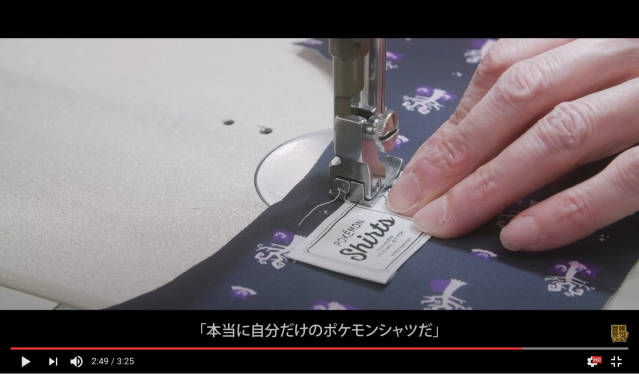



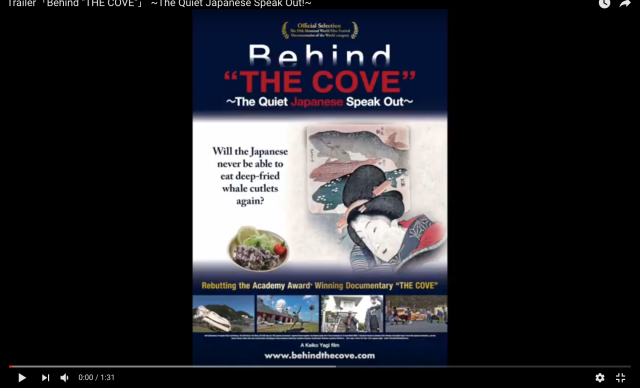
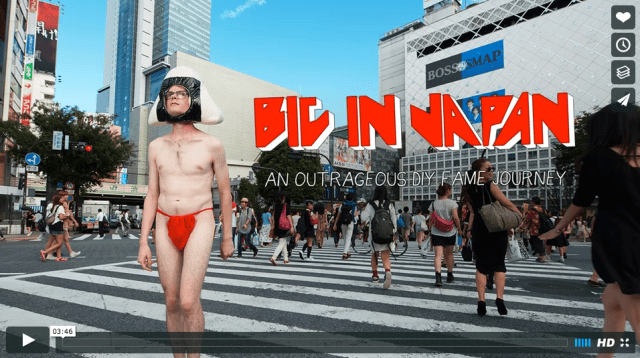
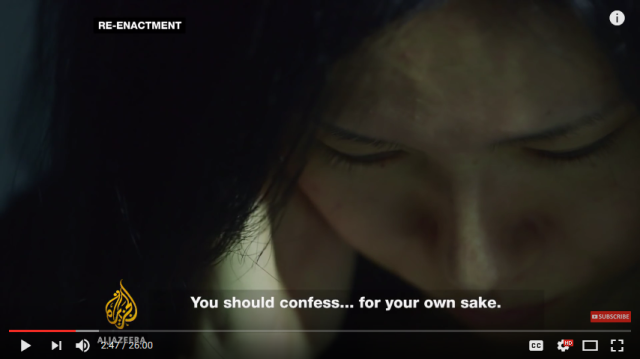
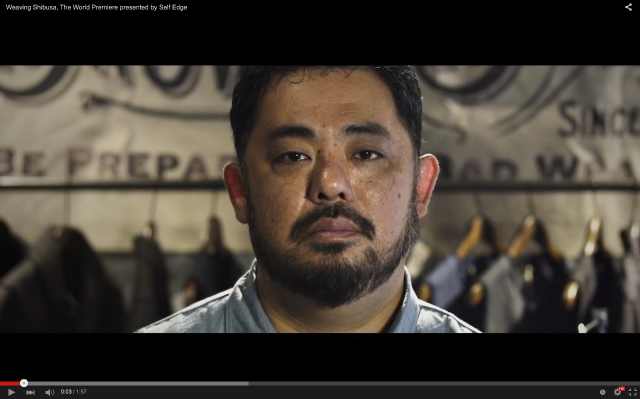



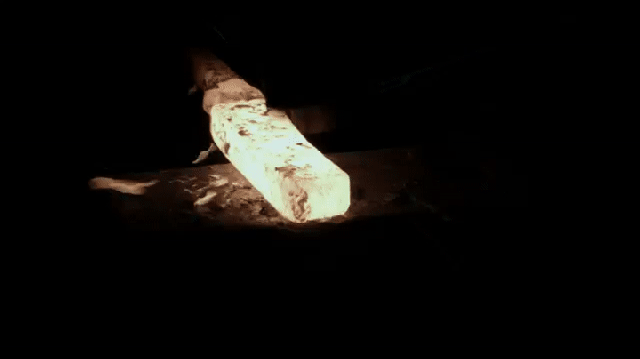


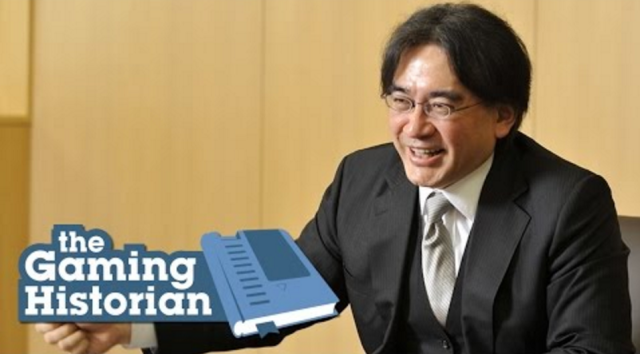
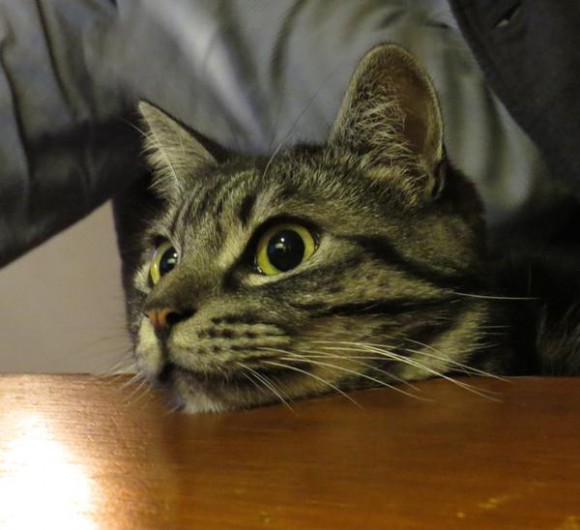
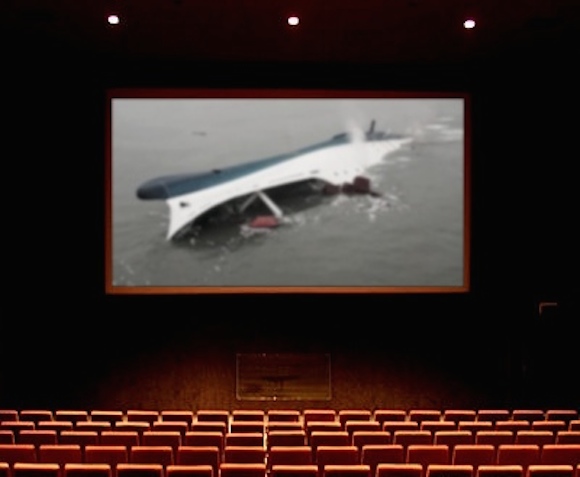
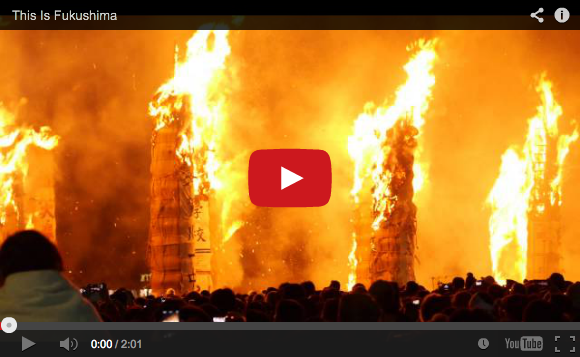
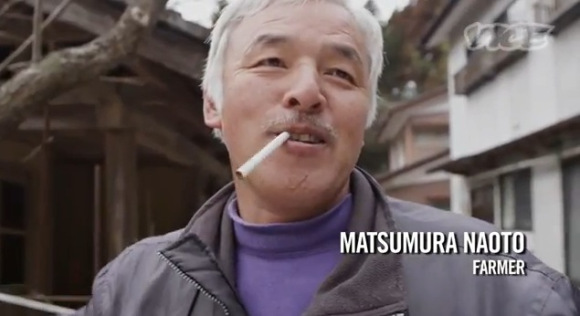
 7 great places to see Mt. Fuji from without having to climb it
7 great places to see Mt. Fuji from without having to climb it Sumo Sanrio! Hello Kitty and pals team up with Japan Sumo Association for new merch【Pics】
Sumo Sanrio! Hello Kitty and pals team up with Japan Sumo Association for new merch【Pics】 Starbucks Japan ready to get Year of the Horse started with adorable drinkware and plushies【Pics】
Starbucks Japan ready to get Year of the Horse started with adorable drinkware and plushies【Pics】 We eat at three Japanese family restaurants to find the one with the best-value breakfast
We eat at three Japanese family restaurants to find the one with the best-value breakfast Japan’s otoshidama tradition of giving kids money at New Year’s gets a social welfare upgrade
Japan’s otoshidama tradition of giving kids money at New Year’s gets a social welfare upgrade Genuine Muramasa blade and Muromachi katana on display at Tokyo’s Touken Ranbu store【Photos】
Genuine Muramasa blade and Muromachi katana on display at Tokyo’s Touken Ranbu store【Photos】 Salmon sashimi noodles: Terrifying, mouthwatering, or both?【Photos】
Salmon sashimi noodles: Terrifying, mouthwatering, or both?【Photos】 Japanese group to hold fashion show of colostomy bags and other stoma equipment in Paris
Japanese group to hold fashion show of colostomy bags and other stoma equipment in Paris Japan’s human washing machines will go on sale to general public, demos to be held in Tokyo
Japan’s human washing machines will go on sale to general public, demos to be held in Tokyo We found possibly the quietest Japanese-style hotel in Tokyo’s bustling Shinjuku district
We found possibly the quietest Japanese-style hotel in Tokyo’s bustling Shinjuku district Lacquerware supplier to emperor of Japan and Pokémon team up for new tableware
Lacquerware supplier to emperor of Japan and Pokémon team up for new tableware Japan may add Japanese language proficiency, lifestyle classes to permanent foreign resident requirements
Japan may add Japanese language proficiency, lifestyle classes to permanent foreign resident requirements 7-Eleven Japan’s ramen-cooking robot whipped us up a bowl of noodles【Taste test】
7-Eleven Japan’s ramen-cooking robot whipped us up a bowl of noodles【Taste test】 Cyberpunk anime meets traditional culture in Ghost in the Shell gold leaf Japanese changing screens
Cyberpunk anime meets traditional culture in Ghost in the Shell gold leaf Japanese changing screens Disillusionment at Tsukiji’s tourist-target prices led us to a great ramen restaurant in Tokyo
Disillusionment at Tsukiji’s tourist-target prices led us to a great ramen restaurant in Tokyo Hello Kitty Choco Egg figures are an adorable trip through three periods of Japanese pop culture【Pics】
Hello Kitty Choco Egg figures are an adorable trip through three periods of Japanese pop culture【Pics】 Starbucks Japan releases new zodiac chilled cup drink for 2026
Starbucks Japan releases new zodiac chilled cup drink for 2026 7-Eleven Japan starts new temporary luggage storage service in over 300 branches
7-Eleven Japan starts new temporary luggage storage service in over 300 branches Starbucks teams up with 166-year-old Kyoto doll maker for Year of the Horse decorations【Photos】
Starbucks teams up with 166-year-old Kyoto doll maker for Year of the Horse decorations【Photos】 Tokyo considering law requiring more trash cans following litter increase in heavily touristed area
Tokyo considering law requiring more trash cans following litter increase in heavily touristed area Tokyo’s Tsukiji sushi neighborhood asks tour groups to stay away for the rest of the month
Tokyo’s Tsukiji sushi neighborhood asks tour groups to stay away for the rest of the month Nintendo’s Kirby now delivering orders at Kura Sushi restaurants, but not in Japan
Nintendo’s Kirby now delivering orders at Kura Sushi restaurants, but not in Japan Tokyo event lets you travel back in time, for free, to celebrate 100 years since Showa era start
Tokyo event lets you travel back in time, for free, to celebrate 100 years since Showa era start Sanrio theme park in Japan announces plans to expand into a Sanrio resort
Sanrio theme park in Japan announces plans to expand into a Sanrio resort Stamina-destroying “Paralysis Noodles” are Tokyo’s newest over-the-top ramen innovation
Stamina-destroying “Paralysis Noodles” are Tokyo’s newest over-the-top ramen innovation Survey asks foreign tourists what bothered them in Japan, more than half gave same answer
Survey asks foreign tourists what bothered them in Japan, more than half gave same answer Japan’s deadliest food claims more victims, but why do people keep eating it for New Year’s?
Japan’s deadliest food claims more victims, but why do people keep eating it for New Year’s? We deeply regret going into this tunnel on our walk in the mountains of Japan
We deeply regret going into this tunnel on our walk in the mountains of Japan Studio Ghibli releases Kodama forest spirits from Princess Mononoke to light up your home
Studio Ghibli releases Kodama forest spirits from Princess Mononoke to light up your home Major Japanese hotel chain says reservations via overseas booking sites may not be valid
Major Japanese hotel chain says reservations via overseas booking sites may not be valid Put sesame oil in your coffee? Japanese maker says it’s the best way to start your day【Taste test】
Put sesame oil in your coffee? Japanese maker says it’s the best way to start your day【Taste test】 No more using real katana for tourism activities, Japan’s National Police Agency says
No more using real katana for tourism activities, Japan’s National Police Agency says Starbucks Japan reveals new sakura drinkware collection, inspired by evening cherry blossoms
Starbucks Japan reveals new sakura drinkware collection, inspired by evening cherry blossoms Updated cherry blossom forecast shows extra-long sakura season for Japan this year
Updated cherry blossom forecast shows extra-long sakura season for Japan this year Genuine Muramasa blade and Muromachi katana on display at Tokyo’s Touken Ranbu store【Photos】
Genuine Muramasa blade and Muromachi katana on display at Tokyo’s Touken Ranbu store【Photos】 Salmon sashimi noodles: Terrifying, mouthwatering, or both?【Photos】
Salmon sashimi noodles: Terrifying, mouthwatering, or both?【Photos】 Japanese group to hold fashion show of colostomy bags and other stoma equipment in Paris
Japanese group to hold fashion show of colostomy bags and other stoma equipment in Paris Japan’s human washing machines will go on sale to general public, demos to be held in Tokyo
Japan’s human washing machines will go on sale to general public, demos to be held in Tokyo We found possibly the quietest Japanese-style hotel in Tokyo’s bustling Shinjuku district
We found possibly the quietest Japanese-style hotel in Tokyo’s bustling Shinjuku district 7-Eleven Japan’s ramen-cooking robot whipped us up a bowl of noodles【Taste test】
7-Eleven Japan’s ramen-cooking robot whipped us up a bowl of noodles【Taste test】 Hayao Miyazaki eulogizes Isao Takahata, remembers purposely subjecting him to second-hand smoke
Hayao Miyazaki eulogizes Isao Takahata, remembers purposely subjecting him to second-hand smoke Japanese manhole covers become a hit with foreign tourists in off-the-beaten path Tokyo area
Japanese manhole covers become a hit with foreign tourists in off-the-beaten path Tokyo area Japan’s oldest largetooth sawfish in captivity back on display in Mie Prefecture
Japan’s oldest largetooth sawfish in captivity back on display in Mie Prefecture Japanese plastic food samples abound at this impressive exhibition in Tokyo
Japanese plastic food samples abound at this impressive exhibition in Tokyo The etiquette rules for visiting Shinto shrines in Japan
The etiquette rules for visiting Shinto shrines in Japan We get our hands on some “Booby Ice Cream” from Kochi Prefecture
We get our hands on some “Booby Ice Cream” from Kochi Prefecture